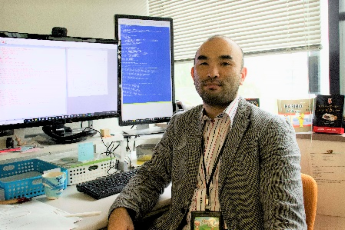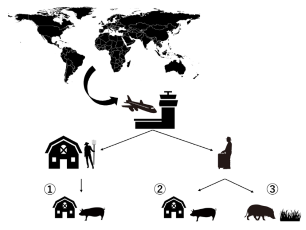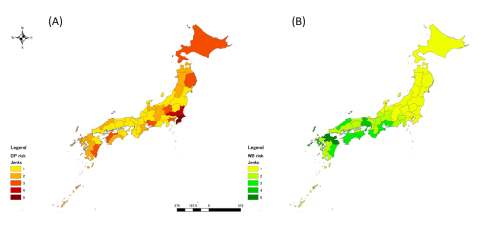- Home
- Social Action
- ★One Health Relay Report #23★
About "Infectious Diseases"

Profile #23: Dr. ISODA Norikazu, Associate Professor
Laboratory of Microbiology,
Department of Disease Control, Faculty of Veterinary Medicine
【Research Topics】
・Epidemiology and analysis in veterinary and zoonotic infectious diseases
~Reality of infectious disease, not only in the field, but in computer model~
Many of infectious diseases had occurred in human and animals since the end of 20th century. This would be due to industrialization and climate change associated with them, and increase of the speed of international trade and travel. What kind of actions should be required in advance for the preparedness to unknown and emerging diseases causing one after another?
Though unknown and unexpected diseases are emerging, we must take any appropriate actions not to be behind from control for them. Using the current technology, we can simulate the disease almost same as the real endemic or outbreak in virtual space to observe its dynamics. Simulation analysis is implemented with information regarding etiology, pathology, and epidemiology of the disease, as well as the estimated transmission route and effective control measures, and then provides the output very close to the event occurred in the real world. Based on the confident disease simulation model, we can expect the disease dynamics in an area where the disease had never emerged or evaluate the efficacy of control measure for disease containment.
In reality, many of uncertainties are, of course, affecting the disease dynamics and its control, and make “disease prediction” not with 100% guarantees. However, ever not a perfect confidence, we can provide the credible and realistic overview for them: This would be a first step of the control measures.

Expected transmission pathway of African swine fever virus into Japan through the baggage of air passengers.
Contaminated food with African swine fever viruses may be introduced ① to pig farms via job trainees, ② to pig farms via tourists, ③ to wild boar via tourist. The probabilities of African swine fever virus invasion into Japan are estimated in these three pathways.

Import risk assessment of African swine fever via baggage of air passengers in (A) domestic pigs and (B) wild boar
